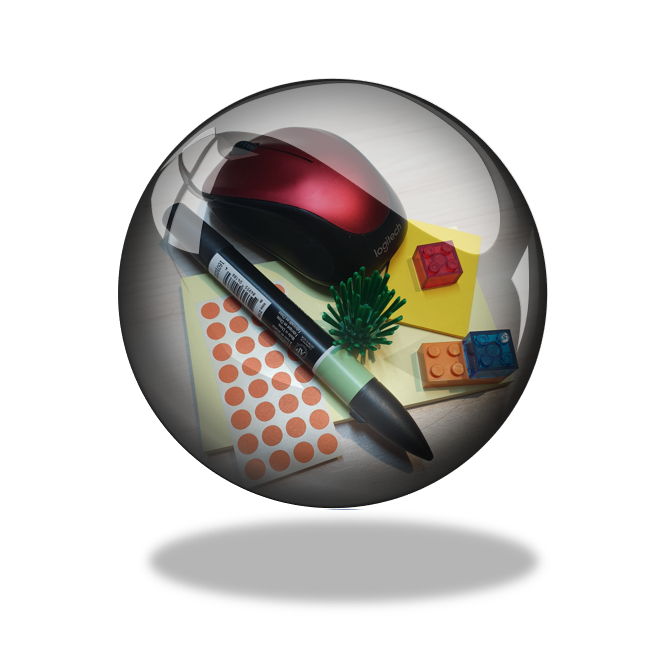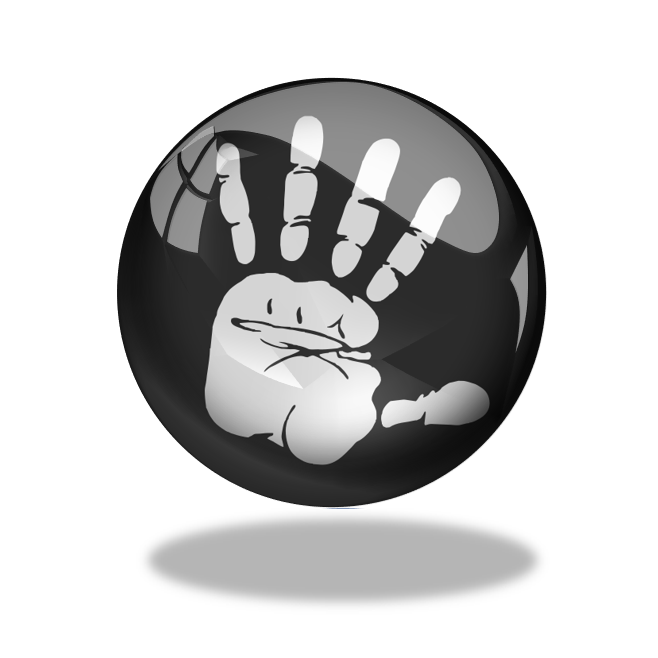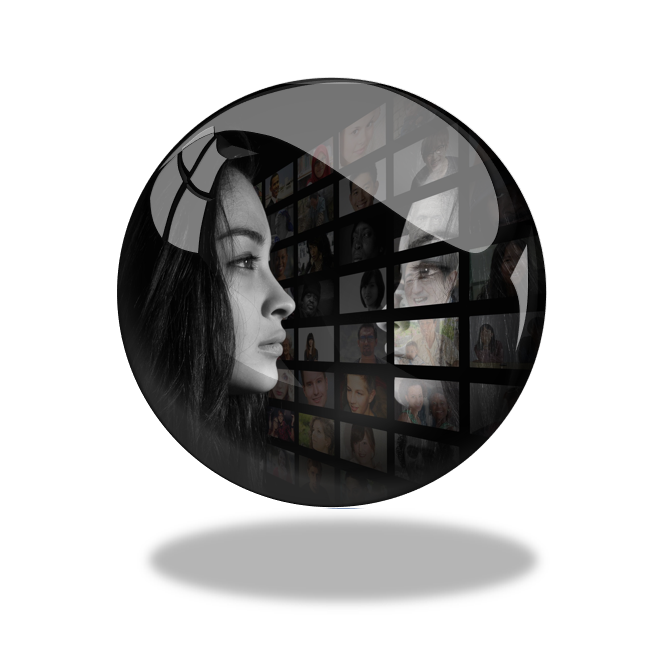We are all racist, unfortunately. And yes, I confess, that sadly means I am a racist too.
Time and time again I disappoint myself with a sudden realisation that my first response to a particular situation is unworthy of what I truly believe and aspire to. I find unexpected feelings and justifications trying to creep in. Fortunately, I manage to catch myself well before it shows in my face or what I say. And that means most of the time I manage to behave as someone I truly want to be, and to be seen as. As someone who treats everyone equally, ideally with love and care.
And over my 65 years of life, it has gotten easier, but the problem has never gone away. Underneath it all, the fact is – I am still racist, sexist, … everything-ist.
The sad reality is: We are all inherently that way. We are genetically predisposed through millennia of evolution to favour people who we subconsciously see as being ‘the same as us’. And, in times past, this predisposition has helped our forebears to survive, even thrive. Our subconscious over-generalised models about who is safe to trust, and who is not, made sure that our antecedents lived long enough to maintain their genetic material until it became us.
And now, those same genetics leave their racist traces in my underlying nature. And also in yours.
But I am also a spiritual person.
I fundamentally believe that we are ALL equal and equally loved in God’s eyes. And that my purpose, wherever possible, is to overcome hatred and fear (in myself and others) with love and understanding, and ultimately (if required) with sacrifice. I so want to live up to how God sees me. However, I still have these flaws that undermine me. But … don’t we all?
I have been lucky in so many ways. Loved as a child. I was educated by those able to share good values. My brain chemistry is healthy. I have people I can trust. Nobody expects too much of me. And yet, childhood memories of being bullied, of being an outsider, of feeling helpless, still adversely impact my choices at times. Echoes of these things still press buttons within me that bring out the worst of who I might be. So what must that feel like to those who have had worse upbringings, or suffer from unhealthy aspects to their education, chemistry and sense of value?
Finding self-worth
And lets face it, there are a lot of those people about. People who have effectively dragged themselves up in dire situations. Surrounded by adults who don’t care about them. Who abuse them. Where they have to make sense of things that make no sense. Where survival requires that they find self-worth where they can, which is as often as not in the perversity around them.
Perhaps some of those people are more racist than me? More racist than you? They still have a need to belong, to feel of value, to cope or to leave a mark that says they were here and they matter. But perhaps they aren’t equipped to handle those needs properly, and those feelings, those attitudes, get subverted into the abuse we are currently seeing online (and more widely).
Please don’t get me wrong. I am not making excuses – for them or for me. But nor am I seeing them as being so opposite to me that there is no possible connection between us. Because if I do that. If I deny the continuum that exists between their behaviour and mine. Then what possible route can I offer them back to becoming a better soul themselves? If I am not honest about my own struggles and temptations, then how can they see me authentically empathise with theirs? What basis of dialogue exists? And if none, then how are they supposed to change?
A sense of grey?
And I guess that is what worries me in the current debate. Over recent decades, the media’s predilection for headlines and soundbites has created a reality where things are simple, polarised, black or white, true or false, for or against, this side or that. As a result, people are simply racist or not. I have heard lots about people condemning others as racist, but nobody owning up to the reality within themselves. So where is the change supposed to happen, when it is always someone else that is to blame?
If we cannot see the complexity, the spectrum of grey within ourselves and others, then we leave no path for people to change. We leave no space to engage people as they are. To help them see they are of value without them having to see others as of no value. To help them develop better ways to meet their needs for identity and belonging and love. We simply force them to suppress it until the opportunity arises that they can re-assert themselves – unchanged and unrepentant.
I am a racist. I am not proud of the fact, in fact I dearly wish it could be otherwise. But I am proud of the fact that I have admitted it – that I have highlighted the grey between the black and the white. That I have added my voice to those who recognise that making a real difference in this space will not be achieved with slogans, blame and polarising arguments. But with self-honesty, openness, and inclusion.

 Much of this change will need to be autonomous, self-directed. In part this is to avoid further overloading established leadership roles. But in bigger part, it will be because we will need to make these changes quickly and with direct understanding of the specific situation. Change leadership becomes everybody’s responsibility.
Much of this change will need to be autonomous, self-directed. In part this is to avoid further overloading established leadership roles. But in bigger part, it will be because we will need to make these changes quickly and with direct understanding of the specific situation. Change leadership becomes everybody’s responsibility. But how will they make decisions? Will they also get the thinking time necessary?
But how will they make decisions? Will they also get the thinking time necessary? Providing of course that the higher-level decisions are an exemplar of this approach.
Providing of course that the higher-level decisions are an exemplar of this approach. Over time we have developed and collated a wide range of practical resources to support this. We have made these resources freely available to all those seeking to better engage the hearts and minds of their people. And we have developed practical pathways for people to learn how to use them. Starting with easy intuitive tools and techniques, and building to more sophisticated ones. Basically, we have a tool for every situation, and every level of ability. We will provide links to explain these shortly, but first, there is a key point to make.
Over time we have developed and collated a wide range of practical resources to support this. We have made these resources freely available to all those seeking to better engage the hearts and minds of their people. And we have developed practical pathways for people to learn how to use them. Starting with easy intuitive tools and techniques, and building to more sophisticated ones. Basically, we have a tool for every situation, and every level of ability. We will provide links to explain these shortly, but first, there is a key point to make.










